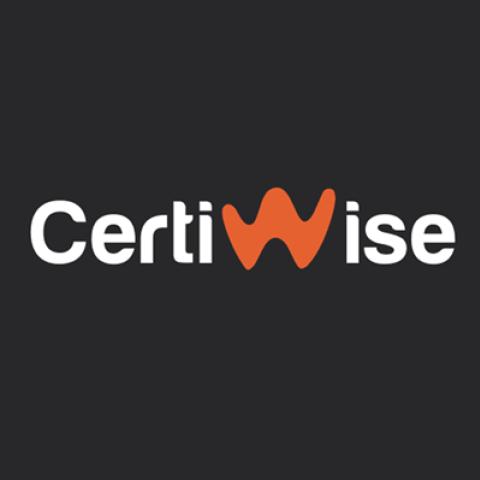In today’s fast-paced digital landscape, businesses face the challenge of managing an ever-increasing volume of digital content. From images and videos to documents and presentations, the sheer amount of digital assets can be overwhelming. This is where Digital Asset Management (DAM) comes into play. By implementing a robust DAM system, modern enterprises can unlock numerous benefits that drive efficiency, enhance collaboration, and support growth. In this blog, we will explore the key benefits of Digital Asset Management and how it can be a game-changer for your organization.
1. Centralized Repository for All Digital Assets
One of the primary benefits of Digital Asset Management is the creation of a centralized repository where all digital assets are stored. This centralization ensures that all team members have access to the latest versions of assets, eliminating the confusion caused by multiple versions and scattered files. With a centralized DAM system, you can easily manage, retrieve, and distribute assets, leading to improved productivity and streamlined workflows.
2. Enhanced Collaboration Across Teams
Effective collaboration is crucial for the success of any modern enterprise. A DAM system fosters collaboration by providing a platform where team members can share, review, and approve assets in real-time. This seamless collaboration reduces the time spent on back-and-forth communications and accelerates project timelines. Whether your team is working remotely or in different locations, Digital Asset Management ensures that everyone stays on the same page.
3. Improved Brand Consistency
Maintaining brand consistency across various channels is essential for building a strong brand identity. Digital Asset Management helps in ensuring that all marketing materials, logos, and other brand assets are consistent and up-to-date. By providing easy access to approved assets, DAM eliminates the risk of using outdated or incorrect materials, thereby preserving the integrity of your brand.
4. Time and Cost Savings
Searching for lost or misplaced assets can be a significant time-waster. Digital Asset Management systems come equipped with advanced search functionalities, enabling users to locate assets quickly and efficiently. This time-saving aspect of DAM translates into cost savings as well. By reducing the time spent searching for assets, employees can focus on more strategic tasks, ultimately boosting overall productivity.
5. Enhanced Security and Rights Management
Digital assets are valuable company resources, and protecting them is of utmost importance. A DAM system offers robust security features, including user permissions, encryption, and access controls, ensuring that only authorized personnel can access sensitive assets. Additionally, DAM provides rights management capabilities, helping organizations manage licenses and usage rights for various assets, thus avoiding potential legal issues.
6. Scalability to Support Growth
As your enterprise grows, so does the volume of digital assets. Digital Asset Management systems are designed to scale with your business, accommodating increasing amounts of data without compromising performance. Whether you are a small business or a large corporation, a DAM system can adapt to your needs, providing a flexible solution that supports growth and expansion.
7. Integration with Martech Partnerships
In the era of Martech (Marketing Technology), integrating Digital Asset Management with other marketing tools and platforms can significantly enhance your marketing efforts. Martech partnerships allow for seamless data exchange and workflow automation, ensuring that your DAM system works in harmony with your existing tech stack. This integration leads to a more cohesive marketing strategy, driving better results and maximizing ROI.
8. Leveraging the Latest Technology
Digital Asset Management systems continuously evolve, incorporating the latest technology to meet the changing needs of modern enterprises. From AI-powered tagging and metadata generation to advanced analytics and reporting, the latest technology enhancements in DAM offer powerful features that improve asset management and utilization. By staying updated with the latest advancements, organizations can maintain a competitive edge in the digital landscape.
9. Better Decision-Making with Data Insights
Data-driven decision-making is a hallmark of successful modern enterprises. DAM systems provide detailed analytics and reporting capabilities, offering insights into asset usage, performance, and engagement. These insights enable businesses to make informed decisions about content creation, distribution, and marketing strategies. By understanding which assets resonate with your audience, you can optimize your content strategy for better results.
Conclusion
Digital Asset Management is no longer a luxury but a necessity for modern enterprises aiming to thrive in a digital-first world. From improving collaboration and brand consistency to saving time and costs, the benefits of DAM are manifold. By integrating DAM with Martech partnerships and leveraging the latest technology, businesses can unlock new levels of efficiency and productivity. As the digital landscape continues to evolve, investing in a robust Digital Asset Management system will position your organization for sustained success and growth.



















